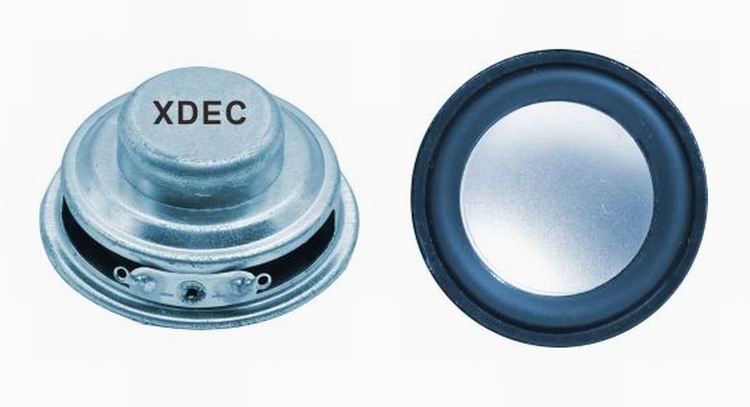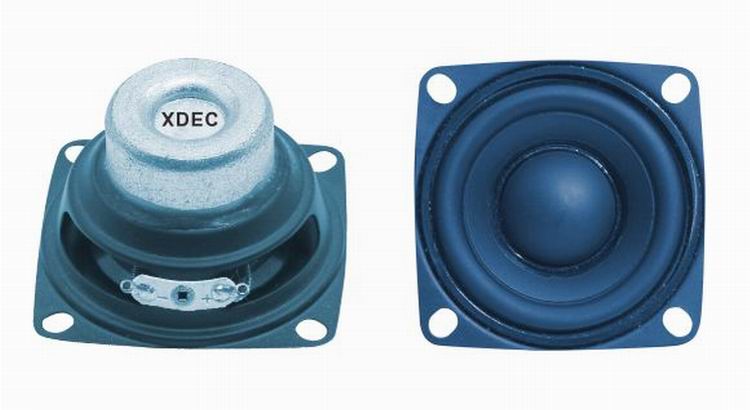How to overcome the huge electromagnetic interference source of adjacent circuits
Single-ended data transmission uses only one signal line and its potential is considered to be grounded. The ground line provides a return path when the signal line provides a positive path for the signal current. Figure 1 shows the basic schematic of a single-ended transmission channel.
Figure 1 Single-ended transmission channel
The main advantages of single-ended interfaces can be summarized as simplicity and lower implementation costs. However, they are highly susceptible to noise pickup because the noise introduced into the signal or ground path is directly applied to the receiver input, causing the pseudo receiver to trigger. Another problem is crosstalk, especially at some higher frequency conditions, which is the capacitive and inductive coupling between adjacent signals and control lines. Eventually, due to the physical differences between the signal traces and the ground plane, lateral electromagnetic waves (TEM) generated in a single-ended system can radiate into the circuit environment, becoming a large source of electromagnetic interference (EMI) in adjacent circuits.
Differential signaling uses a pair of signals consisting of two conductors: one for forward current and one for return current. Each signal conductor has a common-mode voltage, VCM, which is superimposed by the 50% differential driver output VOD, but with opposite polarities (see Figure 2).
Figure 2 Differential transmission channel
When the wires of the differential pair approach each other, the electrically coupled external noise introduced to the two wires uniformly appears as common mode noise at the input of the receiver. A receiver with a differential input is only affected by the signal difference, but is not affected by the common mode signal. Therefore, the receiver not only suppresses common mode noise, but also maintains signal integrity.
Figure 3 TEM wave radiated from a small scattering magnetic field outside the tightly coupled conductor loop from a large scattering magnetic field around the single conductor and a differential signal line
Tight electronic coupling has another benefit. Currents of equal magnitude but opposite polarity in the two conductors form magnetic fields that cancel each other out. The TEM waves of the two wires are now taken away by the magnetic field and therefore cannot be radiated into the environment. Only some very small wire loop outer edge electric fields can radiate, resulting in minimal EMI.
application
The single-ended interface allows for relatively high frequencies (up to 70 MHz) when used in close proximity to the system controller. The differential interface is extremely noise-resistant and offers significantly lower EMI, allowing data to be transmitted at frequencies up to 500 MHz or higher.
The most commonly used data converter interfaces are the Inter-Integrated Circuit Bus (I2C), the Serial Peripheral Interface Bus (SPI), and the Low-Voltage Differential Signaling Interface (LVDS).
Full range speaker:
Speakers with working frequency response range from 150~15000Hz are called full range speakers.


FAQ
Q1. What is the MOQ?
XDEC: 2000pcs for one model.
Q2. What is the delivery lead time?
XDEC: 15 days for normal orders, 10 days for urgent orders.
Q3. What are the payment methods?
XDEC: T/T, PayPal, Western Union, Money Gram.
Q4. Can you offer samples for testing?
XDEC: Yes, we offer free samples.
Q5. How soon can you send samples?
XDEC: We can send samples in 3-5 days.
Full Range Speaker,Full Range Loudspeakers,Range Speaker,Small Full Range Speakers
Shenzhen Xuanda Electronics Co., Ltd. , https://www.xdecspeaker.com